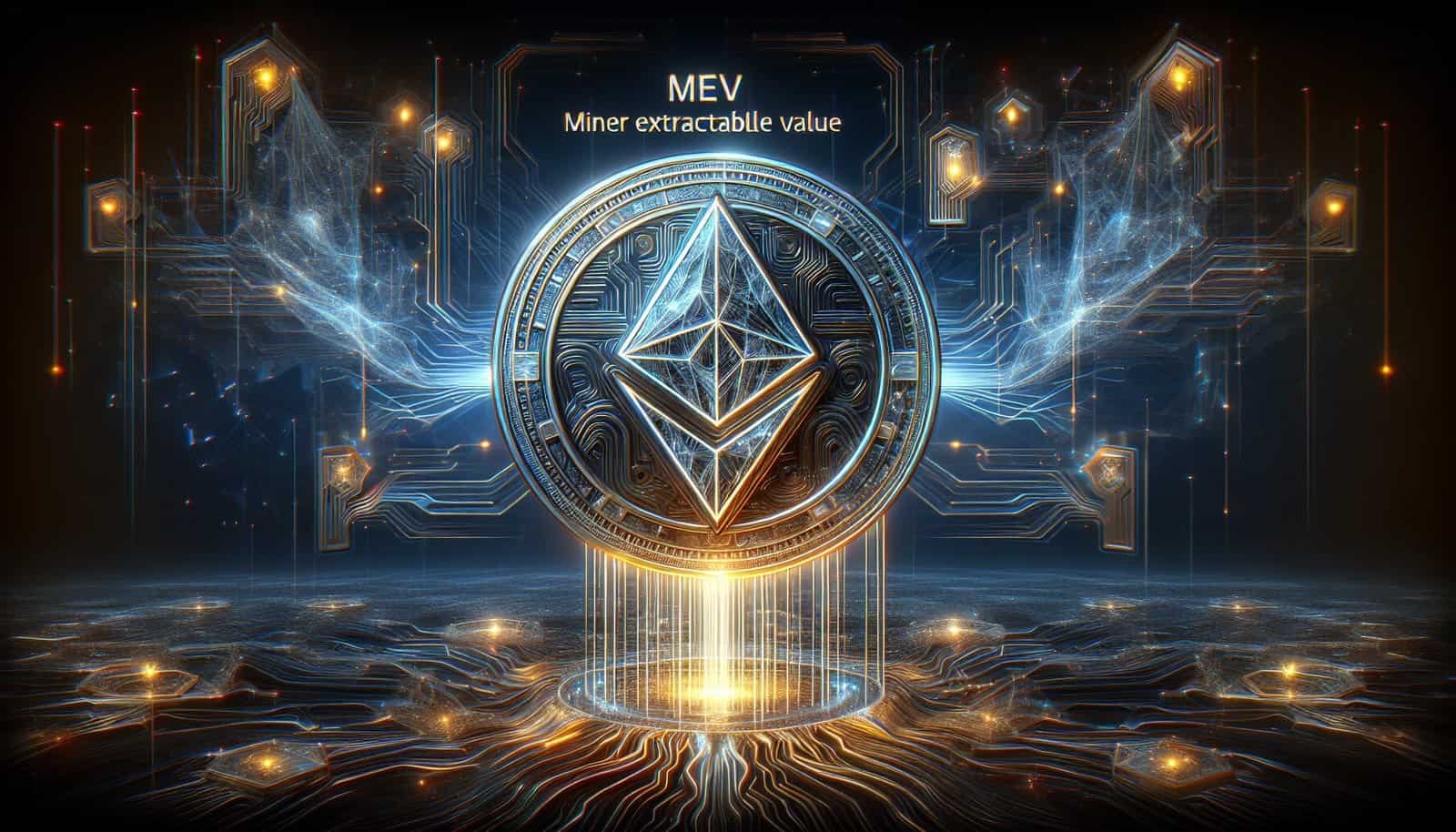Do you ever wonder about the intricate workings of blockchain technology and the unexpected layers that influence its operations? One such layer that wields considerable influence is MEV, or Miner Extractable Value. At first glance, the term might seem technical or distant, but understanding it can offer surprising insights into how transactions are prioritized, and, quite frankly, who profits from them. Think of it as a crucial yet silent player in the world of blockchain. Let’s delve into its complexities in a manner that combines casual conversation with analytical introspection.
Understanding MEV: A Simplified Take
What is MEV (Miner Extractable Value)?
Miner Extractable Value refers to the extra amount of cryptocurrency miners can earn by manipulating transaction orders in a block. In simple terms, it’s the value captured by miners through strategic decision-making when validating transactions. MEV underscores how miners can reorder, include, or exclude transactions from the blocks they generate. This ability grants them the opportunity to extract additional value on top of their regular block reward and transaction fees.
Why Does MEV Matter?
You might think MEV is an arcane concept relevant only to tech enthusiasts or blockchain developers. However, MEV has real-world implications. It impacts the security of the Ethereum blockchain and anyone transacting within it. At scale, it can influence gas fees, affect transaction speeds, and even lead to potential risks of network instability. Understanding MEV is not just about grasping how miners can earn more—it’s about recognizing its impact on the broader ecosystem.

How MEV Works: A Sequential Breakdown
The Role of Miners
Miners are crucial in securing blockchain transactions. They are responsible for grouping, validating, and then adding transactions to the blockchain. In return, they receive cryptocurrency as a reward. This traditional mining reward system incentivizes miners to prioritize completing the validation process.
Transaction Ordering and Its Importance
Transaction order is not as straightforward as it might seem. Miners have the autonomy to decide the sequence of transactions within the blocks they mine. By tweaking the order, miners can potentially increase their profits. This concept of optimally ordering transactions is at the heart of MEV.
Methods of Extracting MEV
Reordering Transactions: Miners can reorder transactions for maximum benefit. For instance, they might prioritize transactions with higher gas fees.
Including or Excluding Transactions: By including or excluding certain transactions within a block, miners may benefit financially, particularly if they spot opportunities to capture value through specific trades or liquidations.
Sandwich Attacks: In DeFi environments, sandwich attacks involve placing one transaction before and one after a target transaction. It exploits price movements, allowing miners to capitalize on the price discrepancy.
A Basic Example
Let’s say you’re trying to buy a cryptocurrency on a decentralized exchange. You submit your transaction with a specific gas fee. A miner notices your transaction and decides to place a buy order just before yours, using your transaction to increase the price slightly, followed by selling after your buy action, pocketing the difference in price. This form of profit through transaction manipulation constitutes a typical form of MEV extraction.

The Impact of MEV on Blockchain
Economic and Network Implications
MEV can significantly skew economic incentives for miners. If certain transactions become more lucrative to manipulate, it could detract from the core focus of block validation. Over time, the chase for MEV might also lead to network congestion, as miners look to prioritize more profitable transactions over fair distribution.
Security Concerns
When transaction order is highly influenced by financial incentives, it introduces security vulnerabilities. The potential for collusion between miners to maximize MEV can lead to forms of attack like the so-called “time-bandit attacks,” where previous blocks are re-mined if the potential gains from reordering outweigh the costs.
MEV in DeFi
Decentralized finance (DeFi) represents a fertile ground for MEV activities. High-value transactions, rapid trading opportunities, and arbitrage situations make it an attractive environment. Here, the broader impacts of MEV can be felt more crisis-like—a reminder that theoretical value extraction has tangible, sometimes troubling, effects.

Navigating the Challenges of MEV
Mitigating MEV Risks
With potential downsides in mind, several strategies are being advanced to mitigate the risks posed by MEV:
Improved Protocol Designs: Adjustments to consensus mechanisms and new blockchain architectures aim to reduce the chances of MEV manipulation.
Transaction Privacy: Enhanced encryption and transaction privacy can obscure transaction details from miners until they are committed, thus reducing MEV opportunities.
Community and Governance Involvement: Open dialogue and consensus-building within blockchain communities can help shape responses and heighten awareness of MEV-related challenges.
Tools and Solutions
Several tools and the development of protective solutions have emerged:
Flashbots: This tool offers a framework that allows users to submit bundles of transactions. It aims to promote transparency and fairness by reducing the manipulation associated with traditional mempool transactions.
Private Transaction Systems: Systems that enhance privacy protocols make it harder for miners to predict and capitalize on potential MEV opportunities.

The Future of MEV
Trends and Projections
Even as efforts to curb its negative impacts continue, MEV will likely persist as a phenomenon. However, advances in technology, increased protocol understanding, and user literacy may substantially alter its traditional dynamics. With Ethereum’s transition to unique consensus models like Proof of Stake, MEV dynamics may undergo significant changes, shifting how value is extracted and perceived.
Embracing MEV Awareness
Staying informed and educating others about MEV is essential. As a participant in the crypto space, either as a developer or a casual user, understanding the implications of MEV can better equip you to navigate this evolving landscape efficiently.
Understanding the complexities of MEV might initially seem like peering into a dense, technical jungle. But by breaking it down, considering its deepest impacts, and exploring how the collective blockchain community can respond, it becomes a bit more navigable. Acknowledging MEV’s role provides clearer insight into recognizing both its challenges and the opportunities it presents for innovation and improvement shared within the broader ecosystem.

